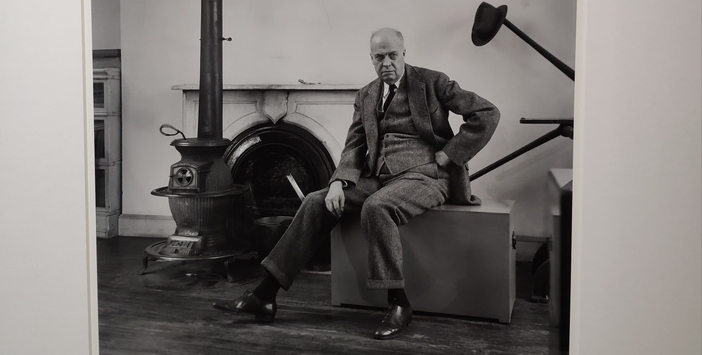Until January 27, at the Charles Nègre Photography Museum in Nice, come and discover the striking work of Berenice Abbott. This photographer traversed the 20th century, acting as an observer of its transformations, great figures, and scientific progress.
The exhibition “Topographies,” more than just a mere sample of her work, serves as testimony. Berenice Abbott crystallizes and captures the evolution of 1930s New York, from skyscrapers to railroad stations. The black and white silver gelatin prints transport us through high-angle and low-angle shots along the gigantic facades of modernity. No one escapes. The individual is absorbed by the power of materials, steel, and concrete. The photographer’s gaze is dizzying and sometimes reveals the disparities between the old and the new. Stone versus bolts. Everything is there.
Berenice Abbott captures the portraits of buildings as she would pose the great personalities of her time. André Gide, James Joyce, and others would appear before her lens. As an avant-garde artist, she was one of the first to stage her subject and work on composition. Her portraits are lively and threaten to step out of the frame.
However, the most original aspect of her long career is her period of scientific photography. For MIT in the United States, she developed her own macrophotography process. This allowed her to immortalize the great experiments that would define the heyday of science. Light prisms, body falls, and magnetic fields. Her prints would even be used as illustrations for textbooks.
“I was born in 1898, you could say I spanned the century.” Berenice Abbott’s words resonate throughout this exhibition that pays her a rightful tribute. Claiming her status as an independent artist, she encourages women to pursue their goals without being hindered by men.
“Topographies” is an enjoyable journey through the work and passion of an important creator. A witness to a changing world, from the largest bridge to the smallest unit of matter, Berenice Abbott has undoubtedly left her mark on the 20th century.


